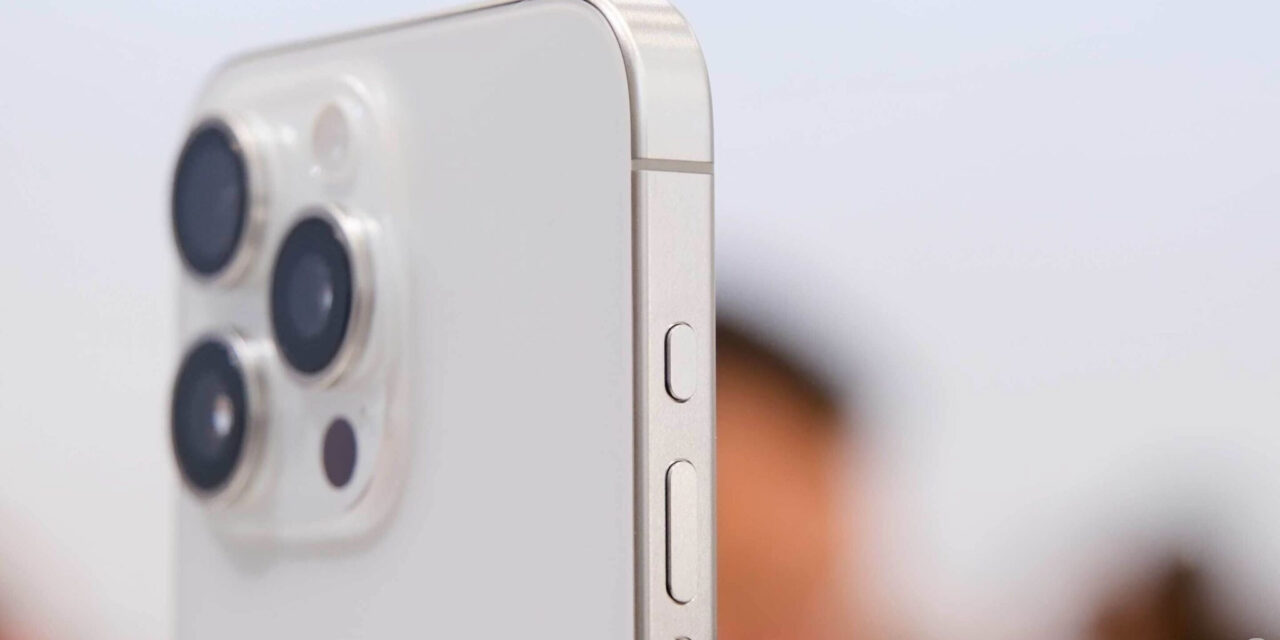For free real time breaking news alerts sent straight to your inbox sign up to our breaking news emails
Sign up to our free breaking news emails
Thanks for signing up to the
Breaking News email
Apple has launched the new iPhone 14 – and made it big.
The lower-end model has sized up, the company said. It will no longer be available in the smaller, Mini size, and Apple will offer an “iPhone 14 Plus” instead.
Until now, users have had to pay more for the high-end “Pro” model if they wanted the larger display size.
The phone starts at $799 – the same price as the existing iPhone 13 – and the larger one is $899. Both phones are available for pre-order on Friday – with the smaller version available a week later, and the larger one arriving in early October.
It is available in five colours.
For the most part, the iPhone 14 is largely unchanged from the previous model. It will use an old chip and the same design as the existing iPhone 13.
Apple said the introduction of new photo processing techniques will improve even that less high-performance hardware on the iPhone 14, however. Low-light performance will be improved, using new software techniques, and it will be better at stabilising video with a new “action mode”.
The new phone will also lean into “eSIM” technology, and get rid of the SIM tray in the side of the phone in the US. Instead, users will set up the new phone within the software – and the SIM cannot be stolen or lost.
The iPhone 14 will also be able to connect to satellites when it is in remote regions without traditional cellular connections. That can be used in the event of an emergency, and uses a range of new features to get rid of the bulky antenna that has traditionally been needed to connect to satellites and get important information out through their limited data connection.
Because the connections are slow, Apple will guide people through a special guide if they are in an emergency. That will run them through a questionnaire, developed with emergency experts, to provide the important information.
It will then send that information on to emergency services, through a satellite network. Some emergency services do not accept such messages, and so Apple will set up relay systems to allow them to work together.
Apple will also allow people to use the satellite service for less extreme situations, such as sharing their location through satellite connections.
The satellite services will be free for the first two years, and be available in the US and Canada from November.
And it will also include crash detection, which was introduced in the new Apple Watch, at the same time. That uses new sensors to notice when users might have been in a crash – and make it easier to get in touch with emergency services.
This content was originally published here.






Recent Comments